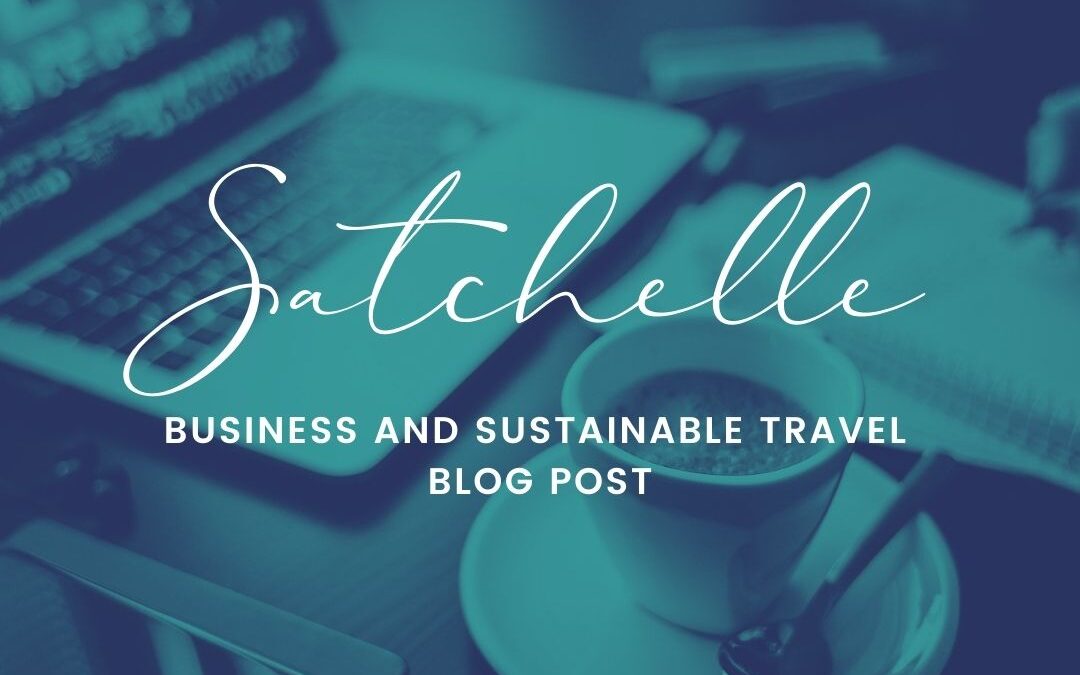April 23rd is Earth Day, and we are celebrating environmental sustainability. According to a landmark UNWTO climate-tourism report launched in 2019, tourism and travel is projected to be responsible for approximately 5% of global carbon emissions in 2030. There are many positive benefits to companies implementing business travel policies that promote sustainability, including using clean power, reducing the number of single-use plastics, and reducing water use.
In general, companies can take several approaches to reduce their carbon footprint associated with business travel that can be integrated into the employees’ travel practices. Here are a few examples of how corporations can support the efforts of being environmentally friendly:
1. Use a refillable recyclable water bottle instead of buying bottled water – This allows your employees to refill their water without the added expense of buying a new bottle, thus reducing the impact on the environment.
2. Use accommodation providers that have established a “green” program – Companies should select new preferred accommodation types and suppliers. Many hotel chains have already implemented eco-friendly measures such as using renewable energy for electricity, allowing guests to be more water efficient, and are replacing the travel size beauty products with bigger, multiple-use containers.
3. Use carbon offset programs that invest in carbon reduction travel to reduce your carbon footprint – Carbon offsets can be purchased through investment in certified projects such as conserving forests or investing in clean energy to compensate for emissions generated during travel. In addition, many companies are tracking their traveling employees’ carbon footprint. This is one of the must-have reports in your travel management program.
If you are a company that is interested in implementing such programs, here are the steps to get you started:
- Step 1 – Review and receive feedback on your current travel policies
- Step 2 – Create a communication plan that sets expectations and opportunity for feedback
- Step 3 – Empower and train your employees, provide documentation and on-line resources
- Step 4 – Measure, track, and obtain feedback from your employees
- Step 5 – Celebrate successes and provide incentives
- Step 6 – Update your plan as needed through feedback
About the Author:

Martin Silber is a Global Renewable Energy/Sustainability Initiatives Expert, and a thought leader in building teams, analytics, innovative finance, and strategy.
He helps leading hospitality and real estate enterprises develop their sustainability teams and key strategic partnerships so they can achieve their sustainability goals, faster, and more effectively. Martin creates highly customized programs for enterprises that can build teams and strategic partnerships that empower employees to train, innovate, collaborate, establish targets, and successfully execute the business plan.
Martin is the Founder of ECOITNOW.com, and he is an accomplished thought leader and entrepreneur with more than 20 years of global leadership experience working with CEOs of leading energy companies, and non-profits. He is currently the chair of the Climate Finance Working Group, at Leaders in Energy seeking to increase investment for the Mid-Atlantic region.
Contact Details
Feel free to reach out so that we can discuss this topic together and identify ways I can help you. You may reach me at: [email protected], phone: 571 236 5396, ecoitnow.com, or on social media: @marty.silber.1

